CE-XRF
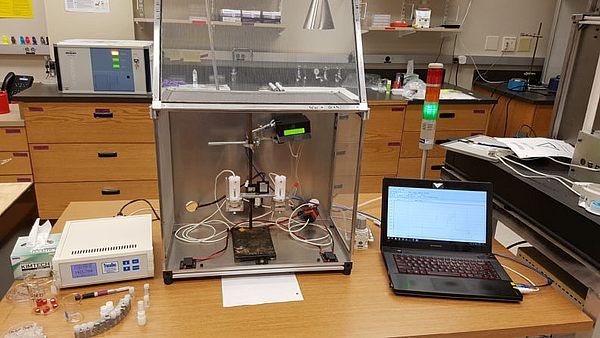
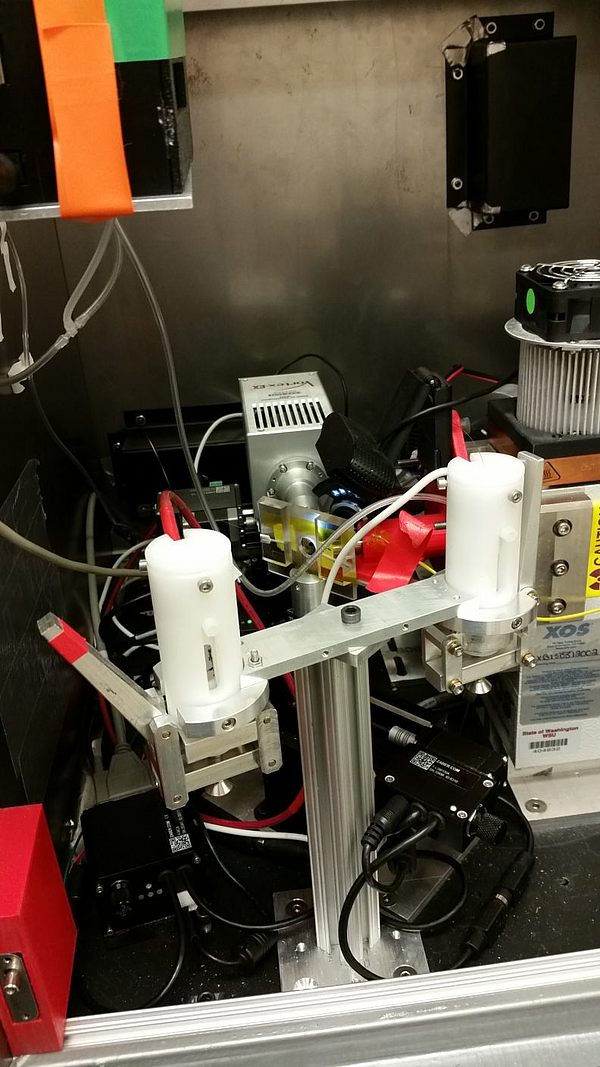
Capillary Electrophoresis - X-ray Fluorescence
Capillary electrophoresis (CE) is well suited for the speciation of elements. With its shorter separation time and narrower bandwidth than HPLC, the method is very efficient. It is also much less likely to break coordinative metal-ligand bonds. The small sample volumes required also make it a very cost-effective method. Usually, CE is coupled with UV/Vis spectroscopy. However, inorganic ions can rarely be determined this way because their absorption in the UV/Vis region is usually low. To circumvent this limitation, ICP-MS (inductively coupled plasma-mass spectrometry) is used, but the instrumentation is bulky and it is an expensive, destructive technique that requires physical access to the mobile phase through a complex interface.
Non-destructive on-line determination of elements with CE is possible using XRF (X-ray fluorescence spectrometry). New developments in XRF, such as low-power X-ray tubes and electrically cooled detectors, allow miniaturization of the instrumental setup. In addition, this reduces costs and simplifies handling. Our project aims to set up a low power XRF-detection system for CE in order to develop an elemental sensitive non-invasive detector for liquid-based separation techniques in complex aqueous matrices. The aim is to provide a cost efficient tool for rapid analysis on water bodies with relatively high degree of contamination including industrial sites, industrial wasteland, coal ash disposal sites runoff and spills.
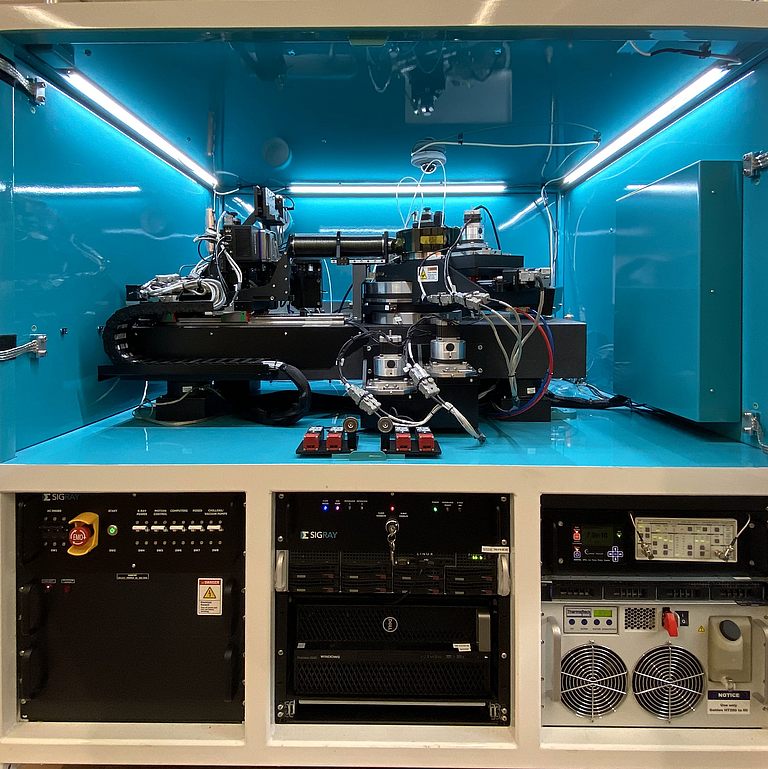
![[Translate to English:] [Translate to English:]](/fileadmin/_processed_/d/8/csm_Labor_02_e8569f73ba.jpg)
![[Translate to English:] [Translate to English:]](/fileadmin/_processed_/7/e/csm_Labor_05_5e3070a8e8.jpg)
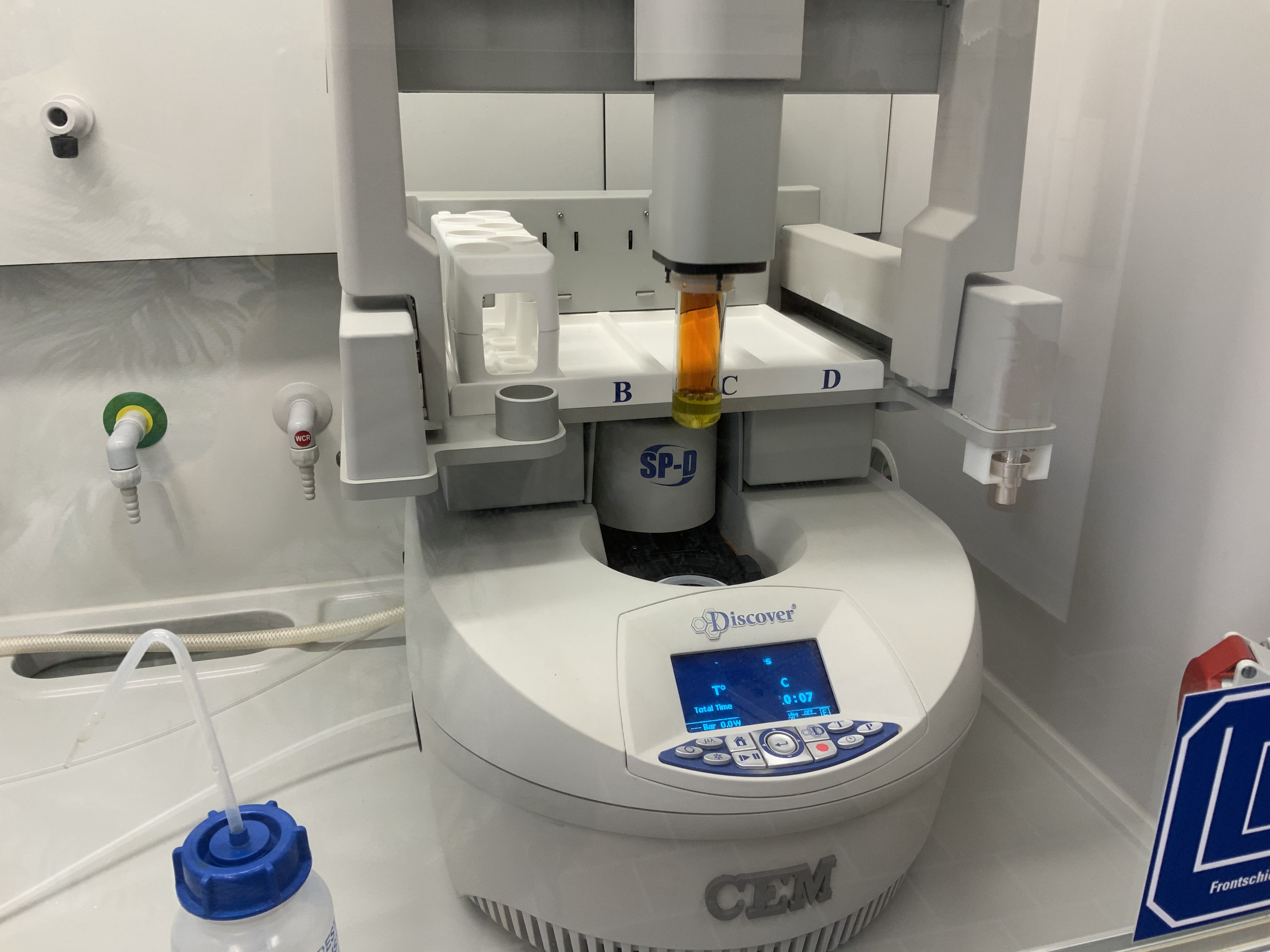
![[Translate to English:] [Translate to English:]](/fileadmin/_processed_/6/d/csm_Labor_07_df7204d178.jpg)
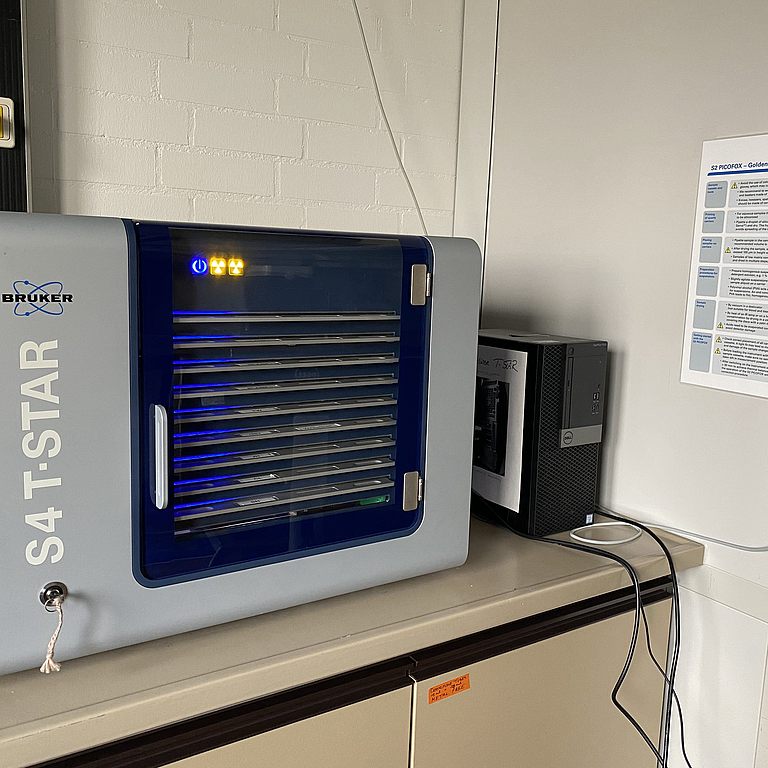
![[Translate to English:] [Translate to English:]](/fileadmin/_processed_/1/9/csm_Labor_09_23a223fed5.jpg)
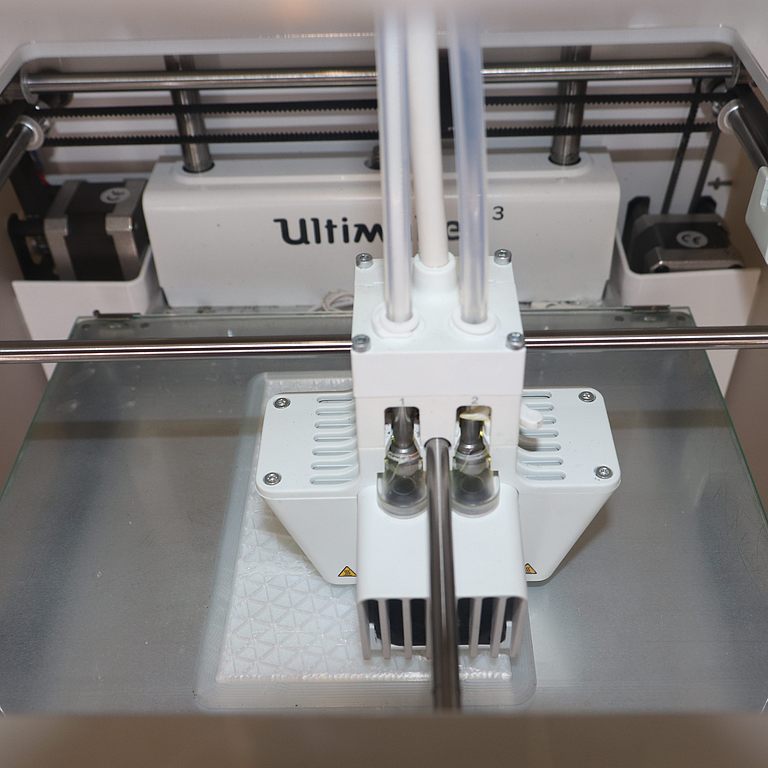
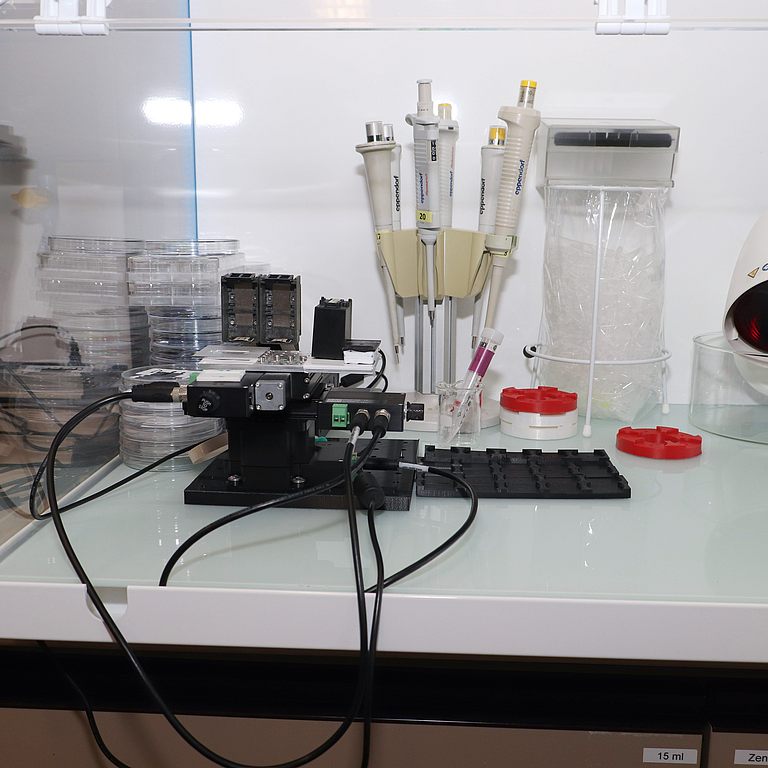
![[Translate to English:] [Translate to English:]](/fileadmin/IAAC/images/Bilder_Labor/Labor_03.jpg)
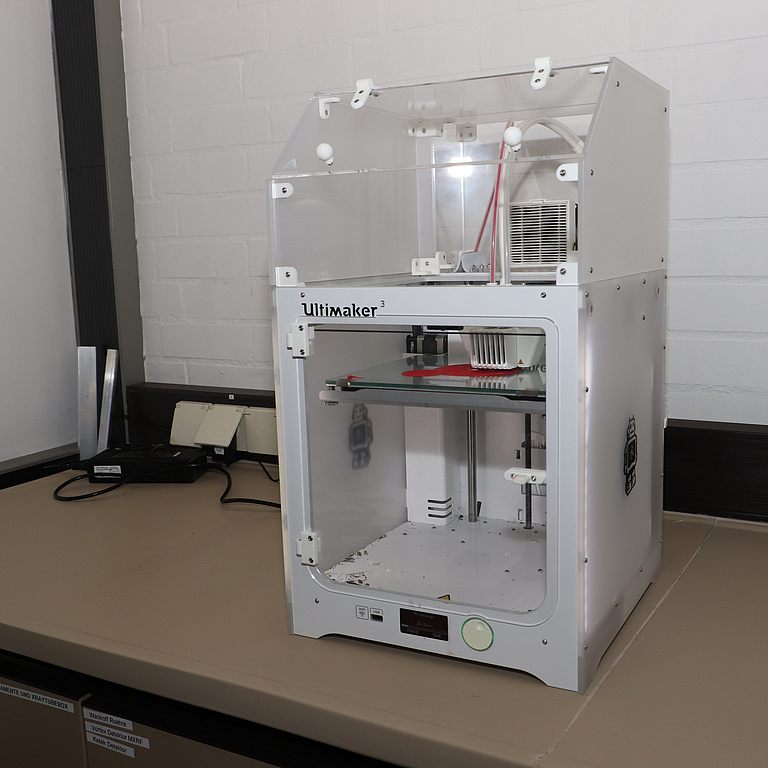
![[Translate to English:] [Translate to English:]](/fileadmin/_processed_/1/4/csm_Labor_04_b68a5b590d.jpg)
![[Translate to English:] [Translate to English:]](/fileadmin/_processed_/1/5/csm_Labor_06_3df28ab249.jpg)
![[Translate to English:] [Translate to English:]](/fileadmin/IAAC/images/Bilder_Labor/Labor_08.jpg)
![[Translate to English:] [Translate to English:]](/fileadmin/_processed_/c/d/csm_Labor_10_87bdab6b4e.jpg)